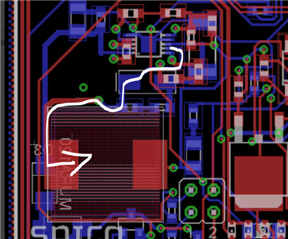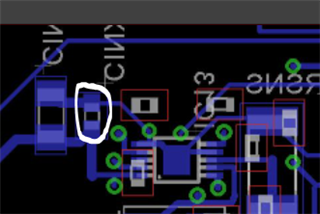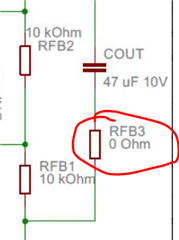Hi,
due to supply shortages we are considering replacing the LM25011 with LM25011A in our buck converter circuit shown below.
The test was semi-successful. Output voltage seems OK and stable both at minimum and max load. Frequency roughly the same. However, the voltage on SW pin worries me. With LM25011, the SW pin waveform is a nice square signal, as expected. With the LM25011A, there are sometimes two pulses without any off time in between followed by a short period of instability. See the following image in which red trace shows the waveform on SW pin and blue one voltage across Rsns.

I've tried increasing RFB3 (R1 in chip's datasheet) to 1 Ohm, which should roughly equate to an increase in ripple voltage on FB pin by 100 mV. But it did not help.
With increased load, the waveform stabilizes on a normal square wave again within a few seconds.
Can anyone perhaps offer an explanation of what is happening on the SW pin, is it something to worry about and if so, how to stabilize the voltage seen there?
Thank you in advance for your help.
Converter parameters:
Vout: 5 V
Vin min: 12 V
Vin max: 24 V
Iout min: 0,12 A
Iout max: 2 A
F: 500 kHz








